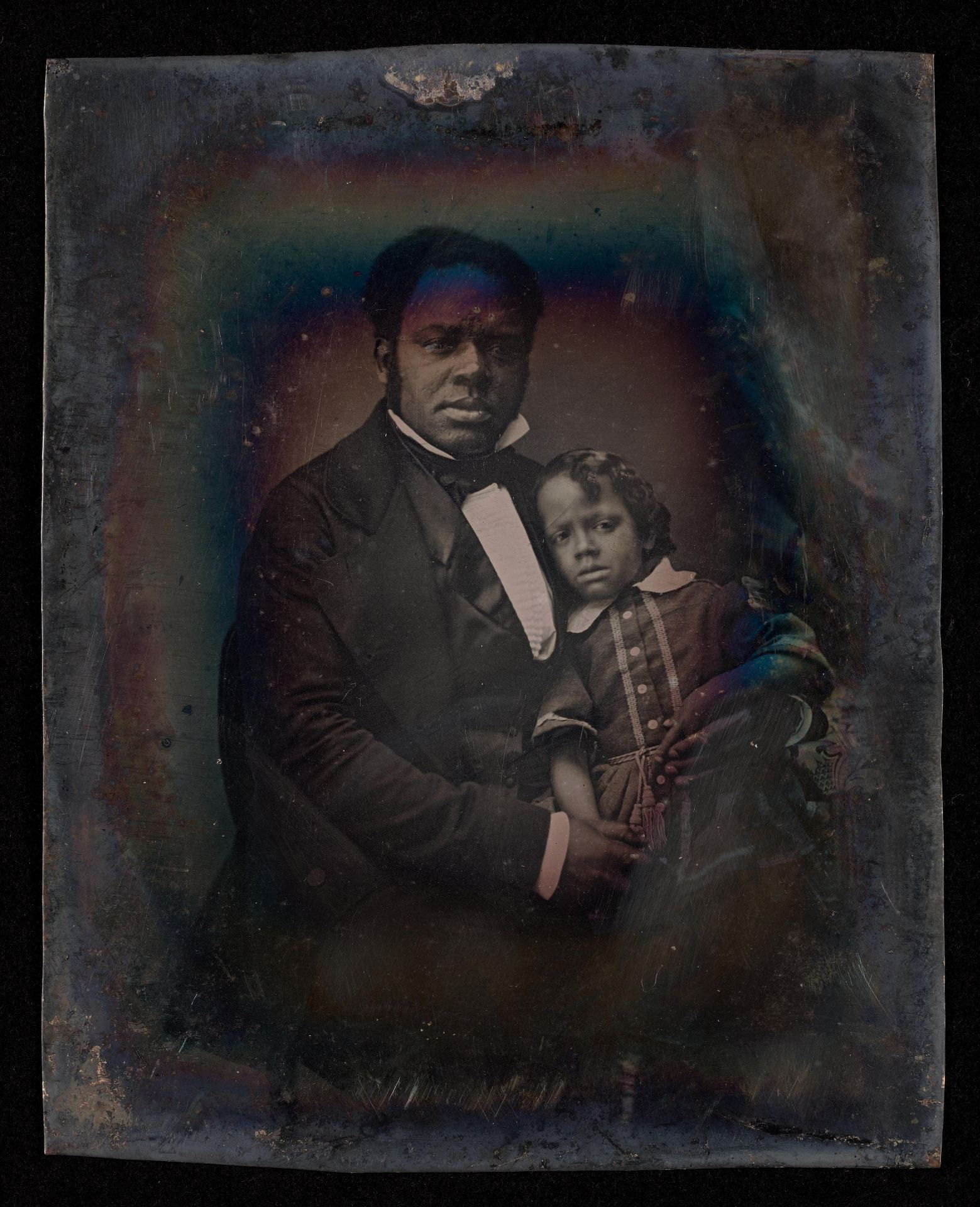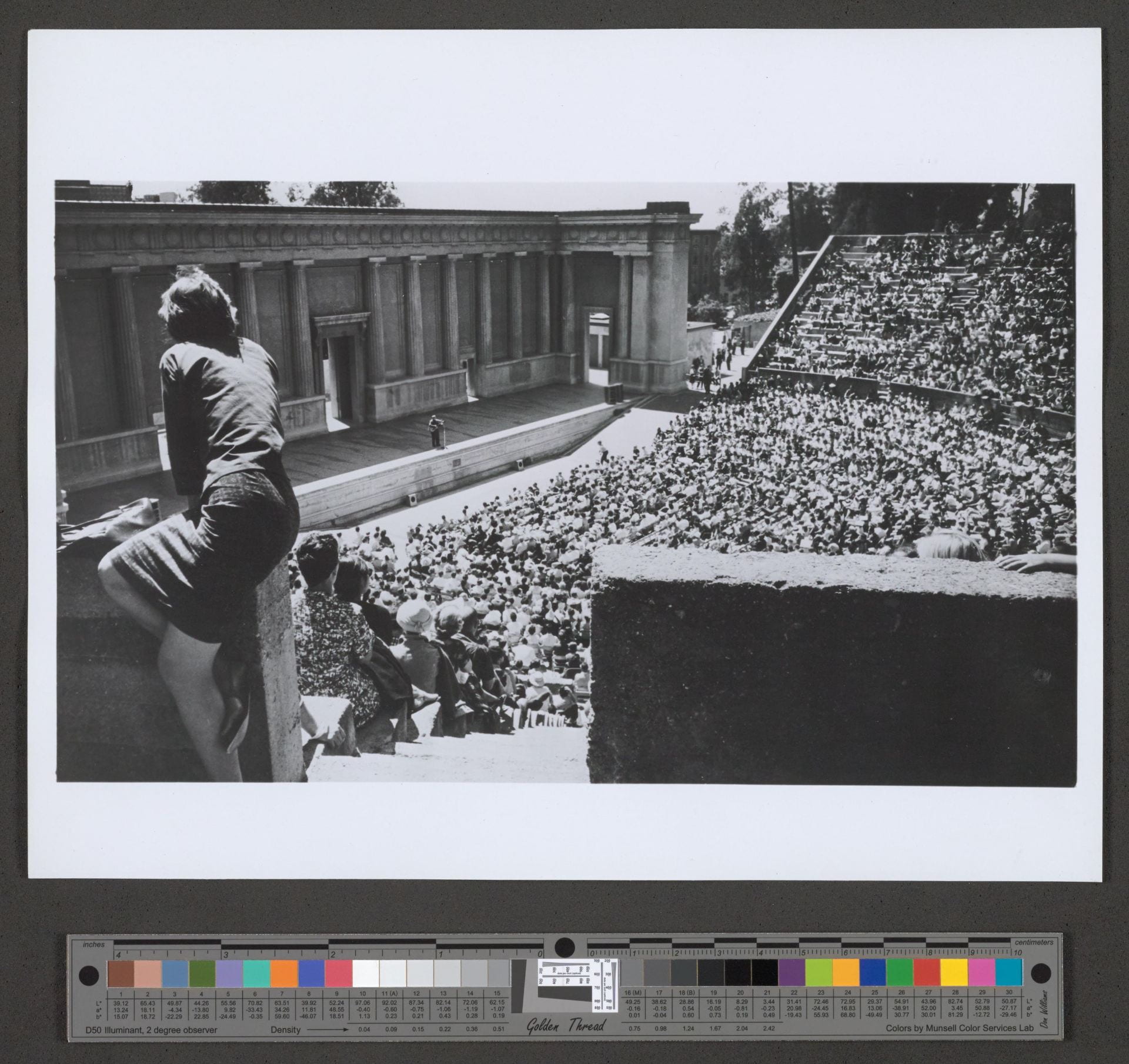Northwestern University Libraries’ Digital Collections, the main window into our digitized materials, has a new look that makes it easier than ever to explore our holdings. The site, created by the Repository and Digital Curation (RDC) team, includes images, video and audio from collections ranging from the Ira Silverman Railroad Menu Collection to the Frederick Douglass Collection.

Tintype photo of Ira Fredrick Aldridge and Ira Daniel Aldridge, from the digitized Aldridge Collection
In the 2021-22 academic year, RDC digitized 17,719 images, almost twice the volume of the previous two years combined, and the new Digital Collections platform houses this rapidly growing set of collections. Digitized holdings of this size are no use without a platform to make them searchable and browsable; thus the updates to the Digital Collections interface focused on making browsing the collections more accessible and engaging.
“At a high level, we re-designed the Digital Collections site taking into account user feedback”, said David Schober, Senior Project Manager with RDC.
Open a collection like The Berkeley Folk Music Festival Archive, and you’ll see an overview of the content right away: 33,385 total works, 33,335 images, 1 video, and 29 audio files. Also top-level on the page: the finding aid, with information on the history and organization of the collection, and a brief description of what is contained in the collection.
Then, a preview of the top subjects. If you’re familiar with Netflix, you might recognize the aesthetic influence – the previews are horizontal sliders.
This way of presenting the puts the collection information foremost.
“If I had to pick one headline, it would be context,” said Schober. “We created a lot of connections between individual works and the larger scope of the collection they’re from.”
Providing context for the works in the collection, so that users could understand their significance and how they relate to each other, was the goal of many of the updates to the site.

Berkeley Folk Music Festival Jubilee Concert, 1963. From the Berkeley Folk Music Festival Collection.
For researchers experienced in archival work, you can see the full collection organization in a tab sorting works into subject series that can be reviewed as a whole or expanded – mimicking the physical experience of rifling through archival boxes and folders.
Another important change for Digital Collections is that works that are only available to Northwestern users, because of copyright restrictions or donor stipulations, are viewable as part of the collection and the metadata is available. This allows researchers outside of Northwestern to be aware of the work and to reach out to a librarian to see a full version or, if necessary, arrange a visit. This kind of inter-institutional communication is more necessary than ever, as RDC has noticed an 80 percent increase in the number of sessions on the platform.
“Digital Collections reached 9,033 cities across 176 countries last year,” reports Carolyn Caizzi, the head of RDC.
The tools that come together for this new Digital Collections site were built locally by the RDC and are open source – meaning that our peers can take and adapt them to their own collections. It is one of the ways that RDC is contributing to the field as a whole.
